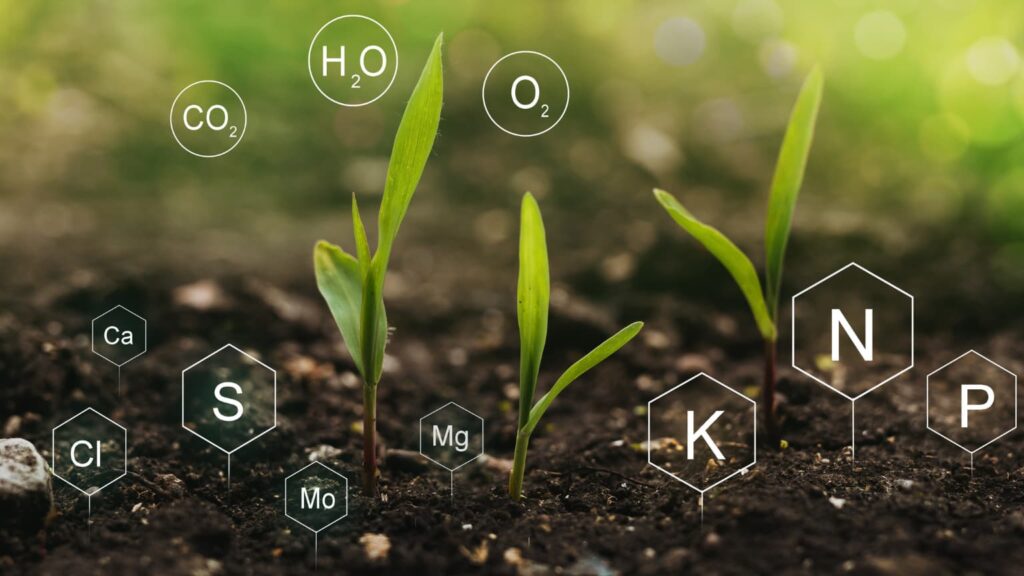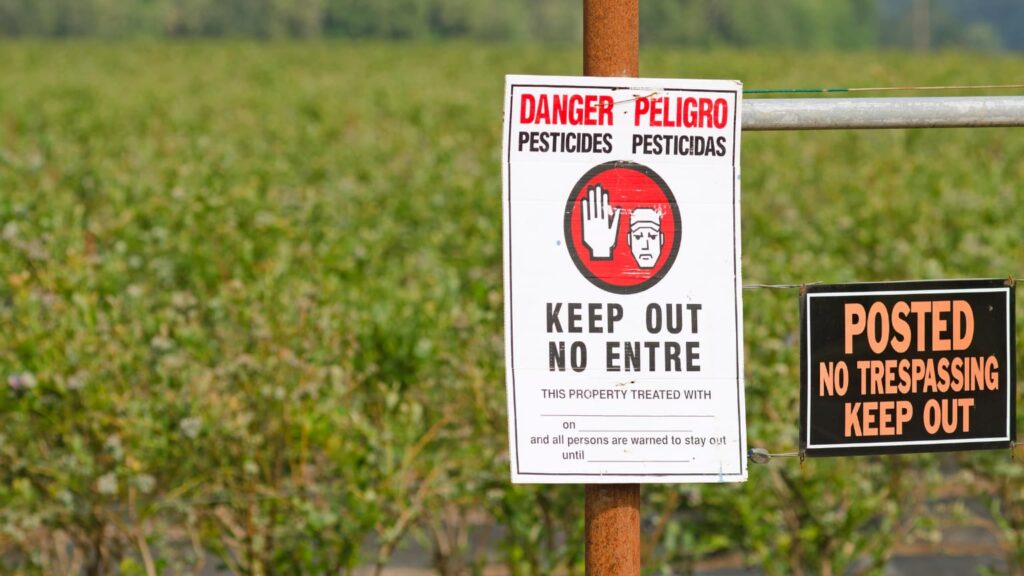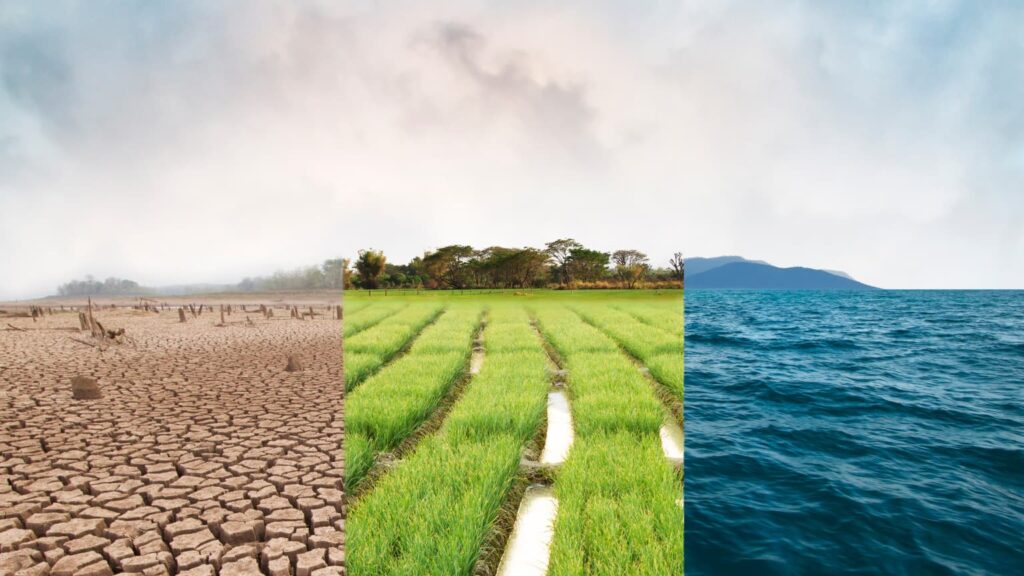Discussions about food as it relates to public health tend to focus on what we eat, how much we eat, and how we eat it. With more than two-thirds of Americans categorized as overweight or obese, the discussion on a switch to healthier and more nutritious food should sit at the forefront of public health conversation — the way it does now.
We must also consider the lack of access to nutritious food. Residents of “food deserts” have no access to healthier food that is not shipped, sold, or otherwise available in their regions.
But we must also consider food’s impact on public health from an environmental perspective. Sustainable health practices must consider ecological concerns and how they impact farmers, consumers, and the global community.
Food Waste in Food Production

Between discarded packaging (both paper and plastic), discarded scraps, and spoiled goods, food production creates enormous waste. With much of the trash not compostable or dumped in landfills, poor sustainability practices in food production and consumption create massive and avoidable food waste.
Disposable packaging and unusable foods are expected, but reckless practices can lead to preventable waste and enormous loss. Contamination and disease drive up prices and force growers to destroy significant stock volumes and create shortages, such as the 2023 avian flu’s effects on eggs and chicken.
Modern food production involves intentional waste. Markets often deem many fruits and vegetables too ugly for their shelves and throw them out. Baby carrots, for instance, are made from shaved-down “ugly” carrots and create a convenient win-win situation — growers can sell all carrots and reduce waste.
Only some markets can shave down their products and repackage them. They can, however:
- Take careful preventive measures to reduce spoilage and contamination
- Reduce packaging or use recyclable packing
- Compost or otherwise repurpose waste
These approaches help create a more sustainable food production industry within a larger ecosystem. Composting, for example, acts in the interest of manufacturers and the public; nutrients returned to the soil will return to food rather than rot in a landfill.
How Nutrient Depletion Affects Public Health

The food chain begins with plants. Humans eat meat that fed on plants or eat plants for their specific enrichment, and all those plants gain nutrients and minerals from the soil.
Modern farming methods prioritize high-yield harvests over sustainable soil health, which removes nutrients from the ground faster than natural processes, and decay can replace them.
We must, therefore, eat more of the same food to achieve the same results. Few consumers know the risks, and even fewer can afford to adjust their grocery trips — or physically fit the additional food inside their stomachs.
Nutrient-deficient diets represent a severe threat to individual health and, if widespread, become a crisis. Stunted growth, weak immune systems, and cognitive impairment accompany nutrient deficiencies, which promise a grim future if not addressed.
Changes in farming practices to return nutrients to the soil (such as composting) or keep it there (reduced tilling) can maintain nutrient levels in the soil. Many farmers who operate on an industrial scale instead elect to use fertilizer which, while effective, can cause other problems.
Sustainable Environmental Practices Mean Sustainable Health

Pesticide and fertilizer development suffers a constant tug-of-war between two goals — effectiveness and sustainability. The same properties that make chemical pesticides and herbicides so effective can also devastate untargeted populations after rain and poor irrigation move the chemicals into the wider environment.
For example, the battle to save the bald eagle in the wake of DDT buildup occupies the public consciousness and represents a massive environmental success. Unfortunately, many other battles need to be fought. Chemical-aided agriculture represents only one potential source of food production pollution.
Cattle and other animal products release significant quantities of methane and other greenhouse gasses, as do the massive trucks and boats required to ship food products cross-country and across borders.
Demand for warm-climate foods independent of local seasons creates an extensive transportation network that requires equally extensive resources. New legislation and industry practices can limit emissions and prevent long-term environmental damage. Consumers can also make concessions and eat less of (or find substitutions for) some of their favorite ingredients, such as avocados, almonds and bananas.
Resource Depletion and Long-Term Public Health Threats

Modern agriculture practices often remove plants from their native habitats and grow them in a similar climate — but not one that can sustain their presence en masse. California’s avocado and almond crops thrive in the warm, sunny environment, but their water demands strain local infrastructure.
Shortages force locals with no vested interest in agricultural production to ration or import water for daily use. Rations and shortages happen with disturbing frequency, and the incident rate will continue to increase without additional measures or a reduction in water demand.
Without proper water replenishment, environmental changes become much more severe and far-reaching. In the 1930s, over farming and drought created massive dust storm. A repeat occurrence in agricultural centers would devastate homes, the local economy, and the environment for years or decades — and this time, the consequences could be global.
Making Changes to Improve the Food System

By consciously working to reduce food waste, reverse nutrient depletion, and implement sustainable practices, the food production system can help improve the health of both the planet and the people who live there.
Pramod Sajja, CEO & President at Paramount Software Solutions (farmtoplate.io).
